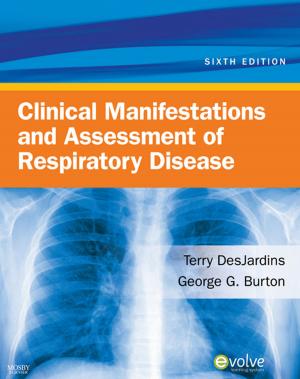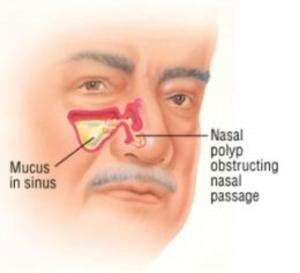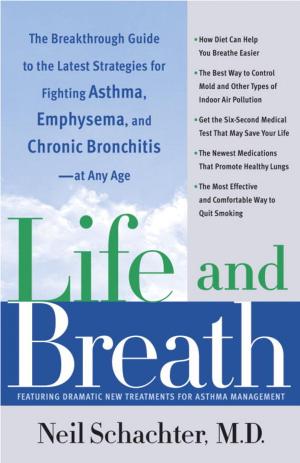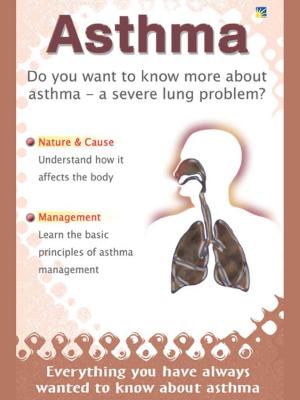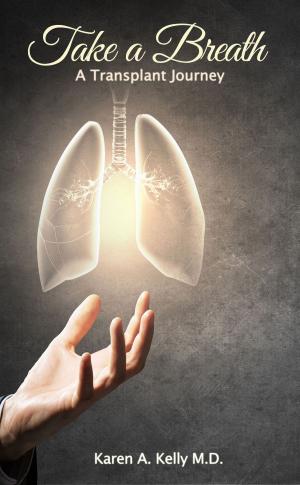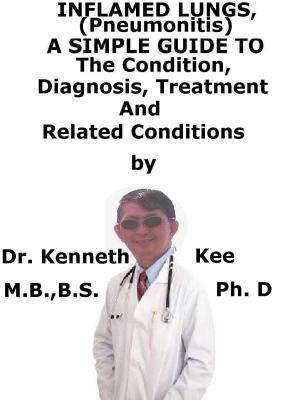Pulmonary Hypertension: A Patient's Survival Guide
Fifth Edition, 2013 Revision
Nonfiction, Health & Well Being, Health, Ailments & Diseases, Respiratory| Author: | Gail Boyer Hayes | ISBN: | 9780975898734 |
| Publisher: | Pulmonary Hypertension Association | Publication: | January 1, 1998 |
| Imprint: | Language: | English |
| Author: | Gail Boyer Hayes |
| ISBN: | 9780975898734 |
| Publisher: | Pulmonary Hypertension Association |
| Publication: | January 1, 1998 |
| Imprint: | |
| Language: | English |
Pulmonary Hypertension: A Patient’s Survival Guide is a a soup-to-nuts guide for pulmonary hypertension (PH) patients and their loved ones that covers topics like the mechanics of PH, the latest treatments, patient care and lifestyle issues. Written by a PH patient for fellow patients, this valuable resource is medically updated every year to keep up with the cutting-edge research and developments in the pulmonary hypertension field. Author Gail Boyer Hayes wrote the Survival Guide to help answer the questions that a newly diagnosed patient and his or her loved ones may have after leaving the doctor’s office with a PH diagnosis. The book explains the disease process, presently available treatments, and promising new treatments that may be available in the not-too-distant future. The book also frankly discusses difficult subjects like life expectancy, the risks of various treatments, and how PH can sometimes be inherited. Anecdotes about how other PH patients have coped with difficult situations and suggestions on how to make patients' and caregivers' lives easier are included, as are suggestions on getting insurance coverage and free legal help in dealing with government agencies. For those who want to explore beyond the covers of the book, there are descriptions of helpful organizations, websites, PH drug companies and more.
Pulmonary Hypertension: A Patient’s Survival Guide is a a soup-to-nuts guide for pulmonary hypertension (PH) patients and their loved ones that covers topics like the mechanics of PH, the latest treatments, patient care and lifestyle issues. Written by a PH patient for fellow patients, this valuable resource is medically updated every year to keep up with the cutting-edge research and developments in the pulmonary hypertension field. Author Gail Boyer Hayes wrote the Survival Guide to help answer the questions that a newly diagnosed patient and his or her loved ones may have after leaving the doctor’s office with a PH diagnosis. The book explains the disease process, presently available treatments, and promising new treatments that may be available in the not-too-distant future. The book also frankly discusses difficult subjects like life expectancy, the risks of various treatments, and how PH can sometimes be inherited. Anecdotes about how other PH patients have coped with difficult situations and suggestions on how to make patients' and caregivers' lives easier are included, as are suggestions on getting insurance coverage and free legal help in dealing with government agencies. For those who want to explore beyond the covers of the book, there are descriptions of helpful organizations, websites, PH drug companies and more.

